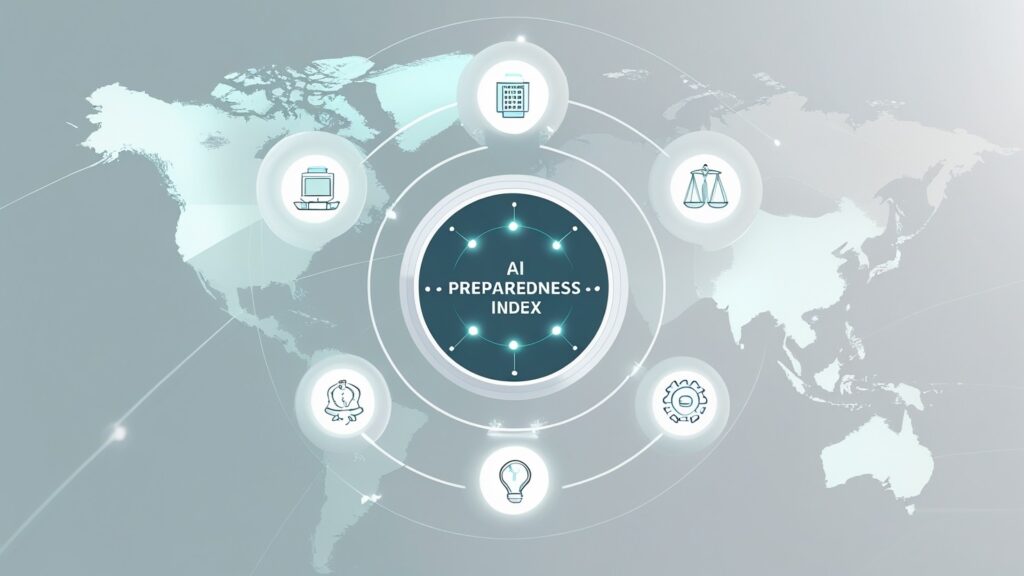What’s Your Delta-v Budget? Why Smart Strategy Isn’t About Fuel, But Flight Paths.
Fuel Is Finite July 31, 2025 By Sagarika Chikhale July 20, 1969. Inside the cramped, metallic shell of the Lunar Module Eagle, the air is a mixture of recycled oxygen and palpable tension. Two hundred forty thousand miles away, the world holds its breath, listening to the crackle of voices from the void. This is the moment—the final descent to the Moon’s surface. But something is wrong. A stark electronic alarm, a 1202, flashes on the display. The guidance computer, the pinnacle of 1960s engineering, is overloaded. Neil Armstrong, peering through his small triangular window, sees the bigger problem. The computer is piloting them directly into a crater littered with boulders the size of cars. A safe landing is impossible. There is no committee meeting. There is no request for more data. Armstrong does what leaders must: he takes control. His heart rate spikes to 150 beats per minute, but his hands are steady on the controls, overriding the autopilot. He is now flying manually, skimming low over the alien landscape, hunting for a safe haven as the lander’s engine burns through its precious fuel reserve. In Houston, the calm, measured voice of Mission Control broadcasts the countdown that truly matters. “60 seconds.” Sixty seconds of fuel remaining. Sixty seconds to find a landing spot or execute a dangerous, last-chance abort. The success of the entire Apollo program, the culmination of a decade of work by 400,000 people and a budget of over $25 billion, now rests on a razor-thin margin of propellant. “30 seconds.” The world is silent. In Mission Control, engineers who designed the systems stare at their consoles, powerless. Then, through the static, a fine cloud of grey dust is seen billowing away from the lander’s legs. A gentle shudder. Contact. Armstrong’s voice, impossibly calm, breaks the silence: “Houston, Tranquility Base here. The Eagle has landed.” In the control room, the tension breaks in a wave of relief. Why? Why did a project of such immense scale and genius come down to a handful of seconds on a fuel gauge? Because this singular moment reveals a universal truth of all great endeavors: success is governed by a finite budget of capability. The Physics of Ambition (The Aerospace Foundation) To understand how to navigate the market like a master, you first have to understand the fundamental laws that govern movement and energy. The story of the Eagle wasn’t an anomaly; it was the result of a set of rules more rigid and unforgiving than any business plan. These rules are the physics of ambition. 1. The Universal Currency At the heart of every space mission, from a simple satellite launch to a decades-long journey to Neptune, lies a single, all-important metric: Delta-v (Δv). The term literally means “change in velocity,” but its importance is profound. Think of it not as speed, but as the price of movement. It is the universal currency of capability. Every maneuver a spacecraft makes has a precise Δv cost. Want to leave Earth’s orbit and head for Mars? That will cost you approximately 3.6 km/s of Δv. Want to slow down and enter orbit around Mars? That’s another 1.4 km/s. Crucially, this currency is independent of time. Whether a maneuver is completed in ten minutes with a powerful chemical rocket or over ten months with a gentle ion thruster, the Δv cost to get from Point A to Point B remains the same. It is a pure measure of the energy and capability required to alter a trajectory. In strategy, as in space, it’s not always about how fast you do something, but about whether you have the fundamental capacity to do it at all. 2. The Tyranny of the Rocket Equation If Δv is the price of a maneuver, then the Tsiolkovsky Rocket Equation is the brutal law of physics that sets it. We don’t need to dissect the math, only its cruel, core insight. Imagine you are packing a backpack for a long hike. To carry a 1kg water bottle, you need to pack extra food for the energy to carry that weight. But that extra food also has weight, so you need more water to stay hydrated from the effort of carrying the extra food. This creates a vicious cycle where every small item you add to the pack demands a larger and larger addition of supplies just to support it. This is exactly how rockets work, but a thousand times more unforgiving. It’s known as the “Tyranny of the Rocket Equation.” It means that for every small bit of capability you want to add to your spacecraft—a bigger camera, an extra instrument—you must pay an exponentially larger price in fuel. You need fuel to lift the payload, more fuel to lift that fuel, and still more fuel to lift that fuel. This is the first great lesson from aerospace: Brute force is the most inefficient strategy possible. Simply throwing more resources (“fuel”) at a problem yields punishingly diminishing returns. The smartest mission is not the one with the biggest rocket, but the one with the most elegant plan. 3. The Unforgiving Budget This tyranny of efficiency leads to the most critical concept in mission planning: the budget. Before a spacecraft ever leaves the ground, engineers calculate the precise Δv cost for every single maneuver required for mission success—launch, course corrections, orbital insertions, landings, and return journeys. The sum of these costs, plus a small margin for error, becomes the spacecraft’s absolute, non-negotiable budget. Unlike a corporate budget, where you can sometimes seek emergency funding or a line of credit, the laws of physics offer no such bailouts. Once the rocket leaves the launchpad, the fuel in its tanks is all it will ever have. Every action, from a tiny thruster firing to a major engine burn, has a precise cost that is permanently debited from this account. There are no refunds. There are no second chances. This creates a culture of extreme discipline and forces a focus on
What’s Your Delta-v Budget? Why Smart Strategy Isn’t About Fuel, But Flight Paths. Read More »












